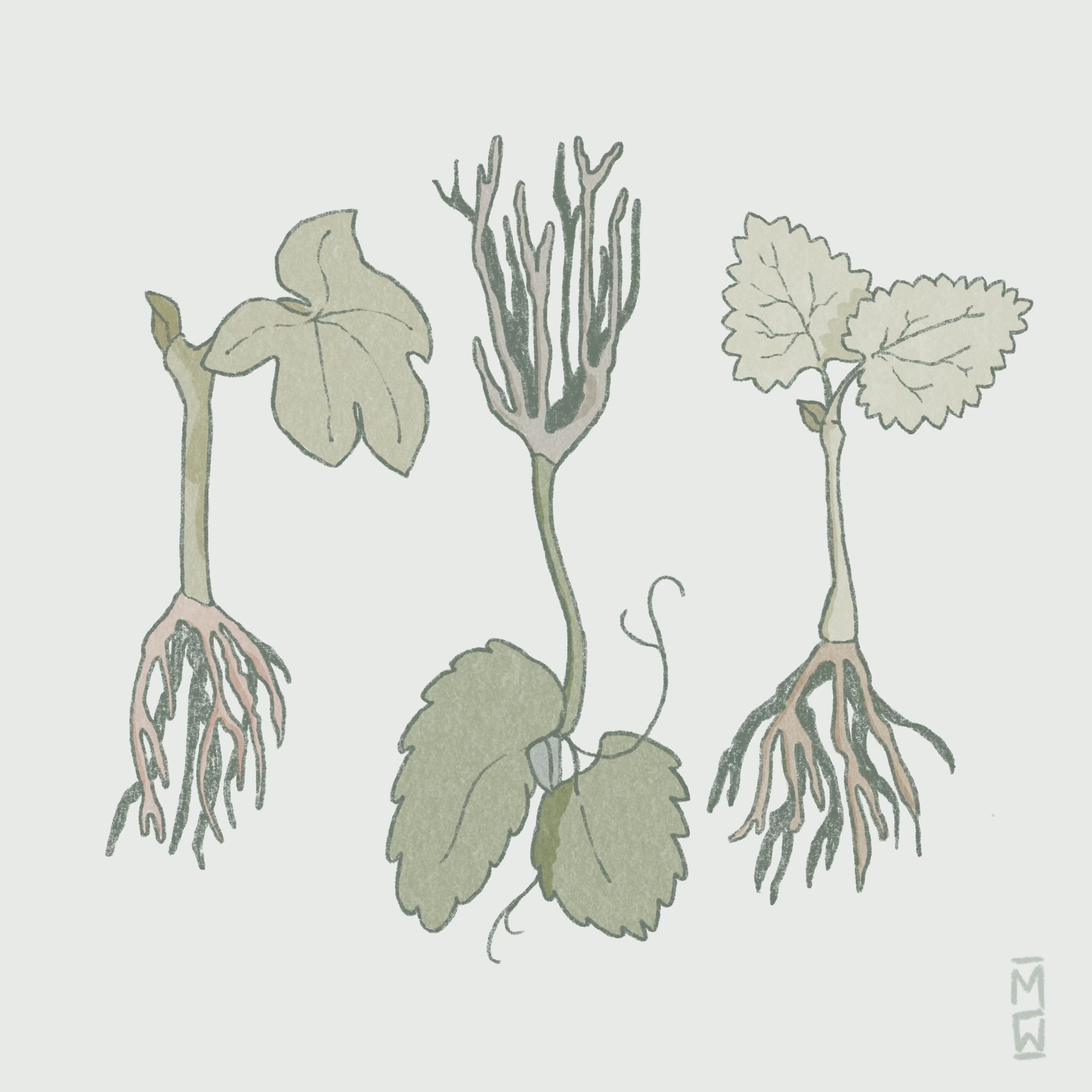The full VitisGen3 project title is “Completing the grapevine powdery mildew resistance pipeline: from genes-on-the-shelf to sticks-in-the-ground.” This title covers a broad swathe of the work that VG3 will be engaging in, but no grant title could tell the full story of any project. VitisGen3 includes collaborations that deepen the resources available to future scientists and aim to expand our understanding of the diversity and ecology of grapevines. One such aspect of the program is our relationship with the National Plant Germplasm Repositories (NPGS) in the United States.
Germplasm repositories have come into the public eye through growing awareness of facilities like the Svalbard Global Seed bank. The long-term storage capabilities of such genebanks are an important safeguard against loss of genetic diversity in crop species with widespread global importance. However, not all germplasm repositories consist of frozen samples or seeds held in stasis for the future. Some are living collections that contain thousands of accessions, which consist of unique specimens that represent wild and domesticated grapevines, and offer us a snapshot of the diversity of a genera.
Grapevine diversity is captured by two NPGS repositories managed by the USDA-ARS. In New York state, the Plant Genetic Resources Unit maintains approximately 1400 grapevine accessions curated by E.G., and in California, the National Clonal Germplasm Repository holds approximately 5500 accessions curated by C.H.. Both curators of these collections are members of the VitisGen3 team, and they not only aid in conservation of these vines, but in acquiring new specimens and distributing plant material for breeders to use in their programs. This is an invaluable asset for the viticulture research community.
However, not all of the accessions in both repositories have been genotyped with DNA testing, meaning that we don’t yet know the full extent of the genetic diversity present in these collections. This year the VitisGen3 project hopes to advance our understanding of that diversity by genotyping almost 5000 grapevine samples from the National Clonal Germplasm Repository in Davis, CA. Having expanded genetic information about these diverse grapevines (including wild and hybrid grapevines) could reveal further pathways for breeders to explore when developing cultivars suited to wider ranges of climate conditions.
